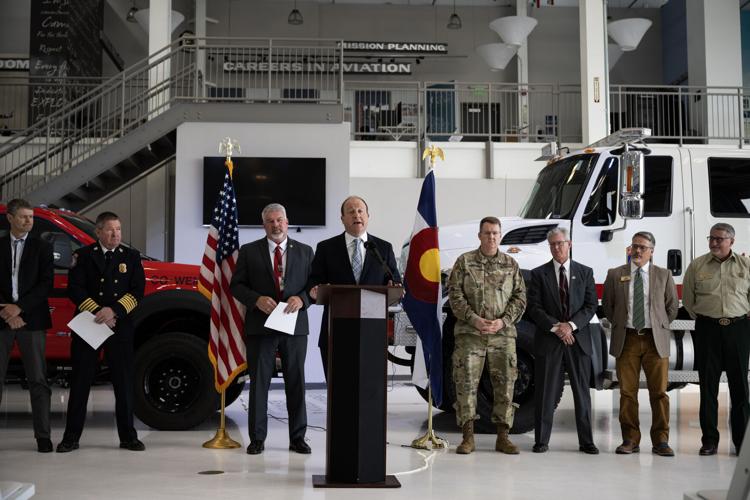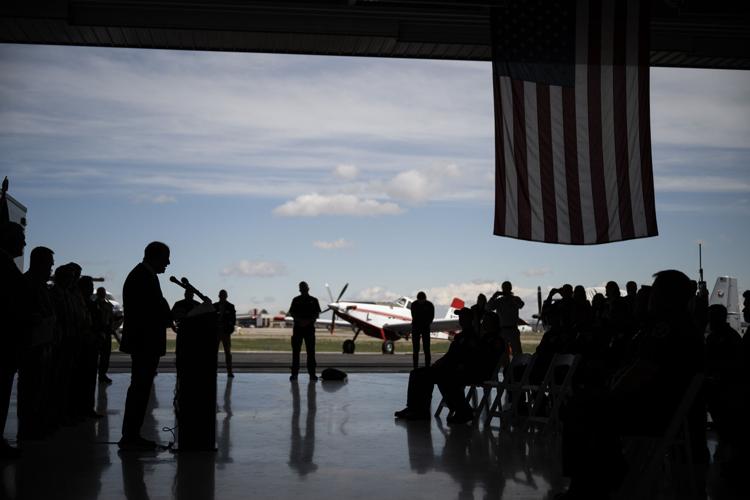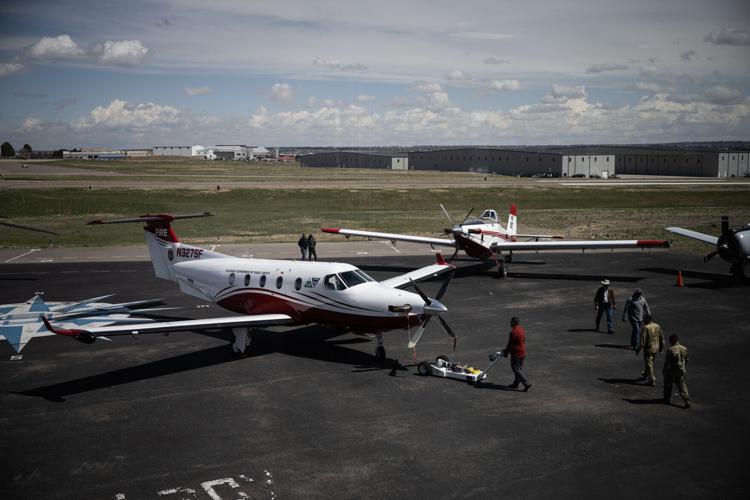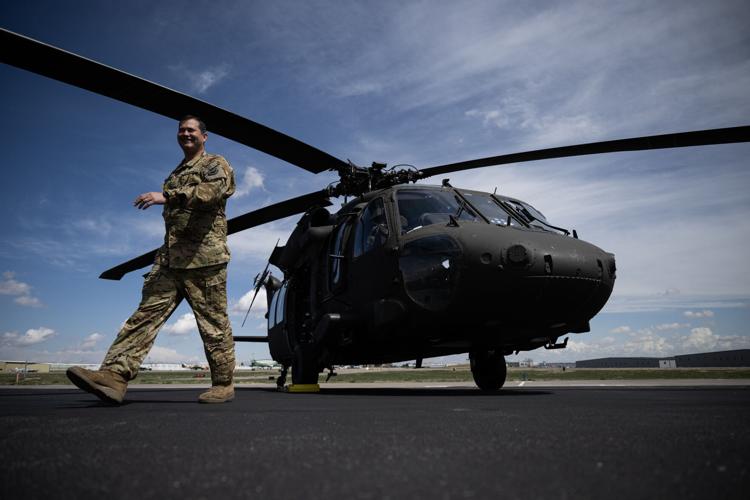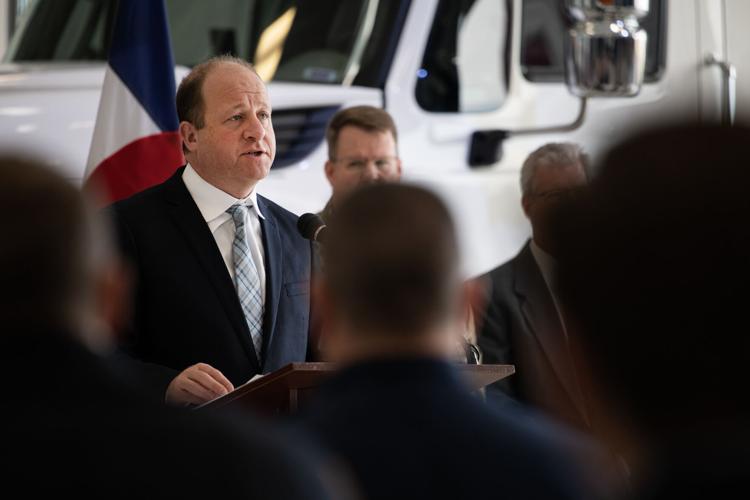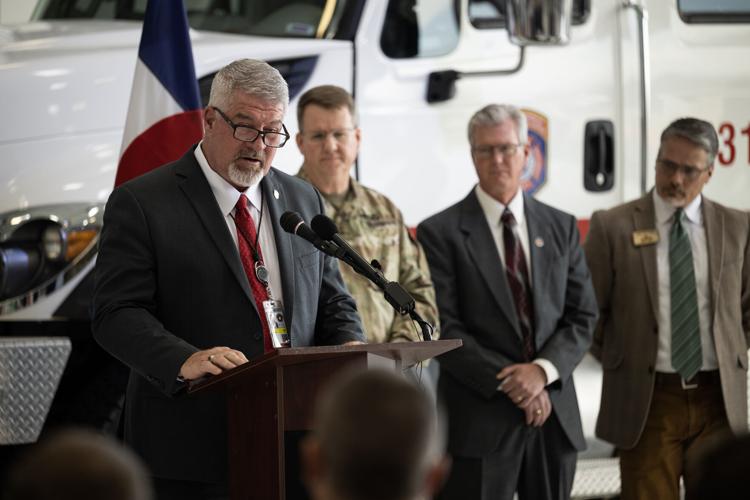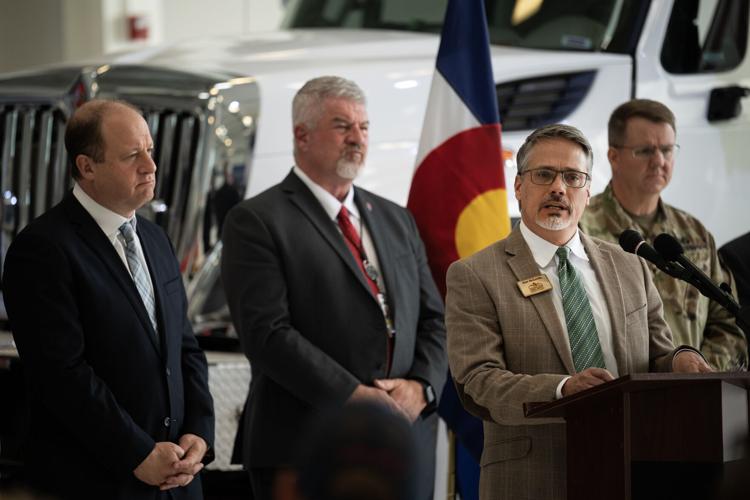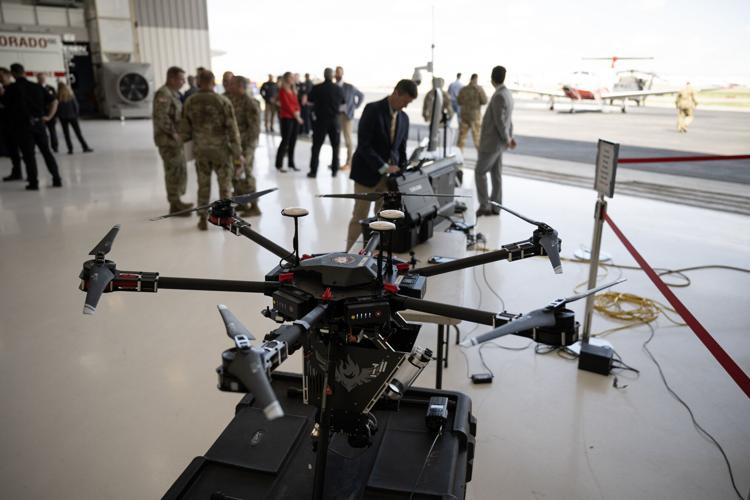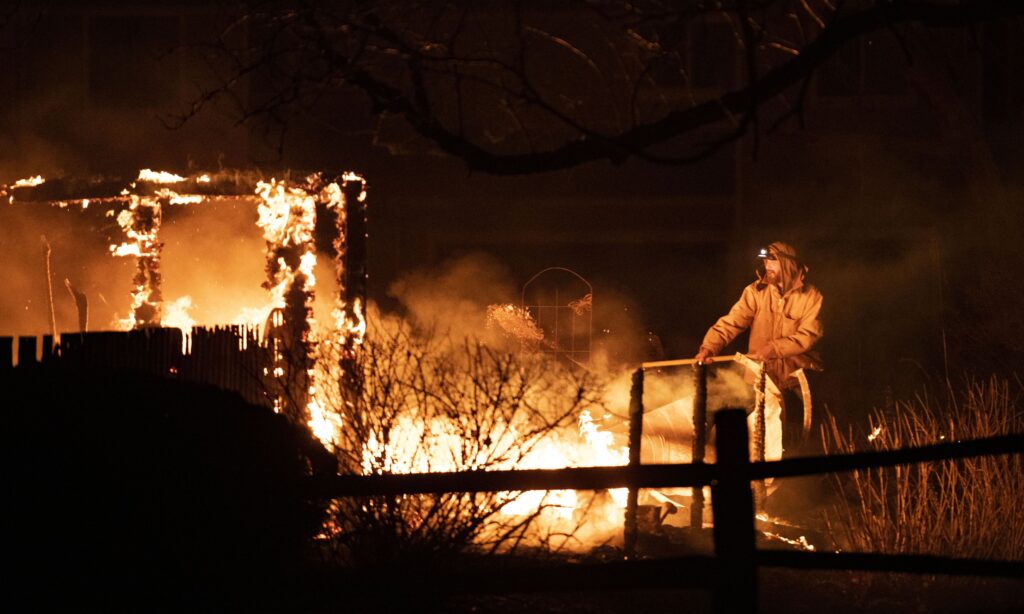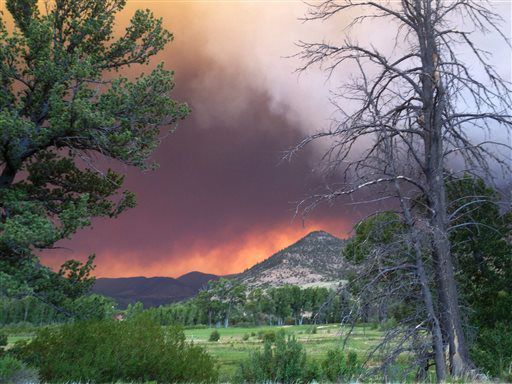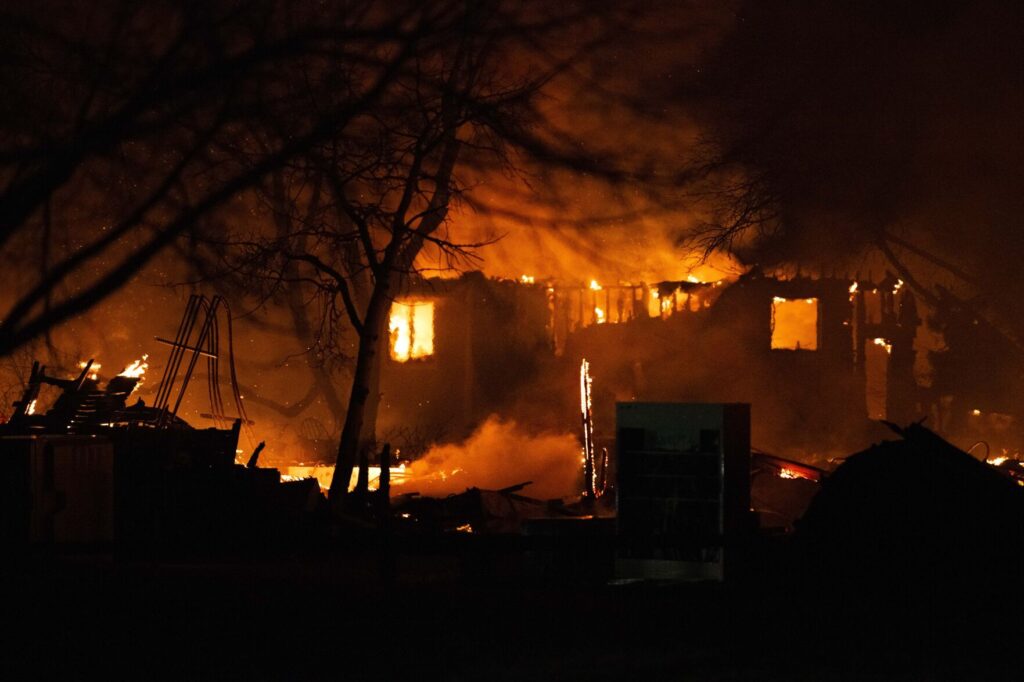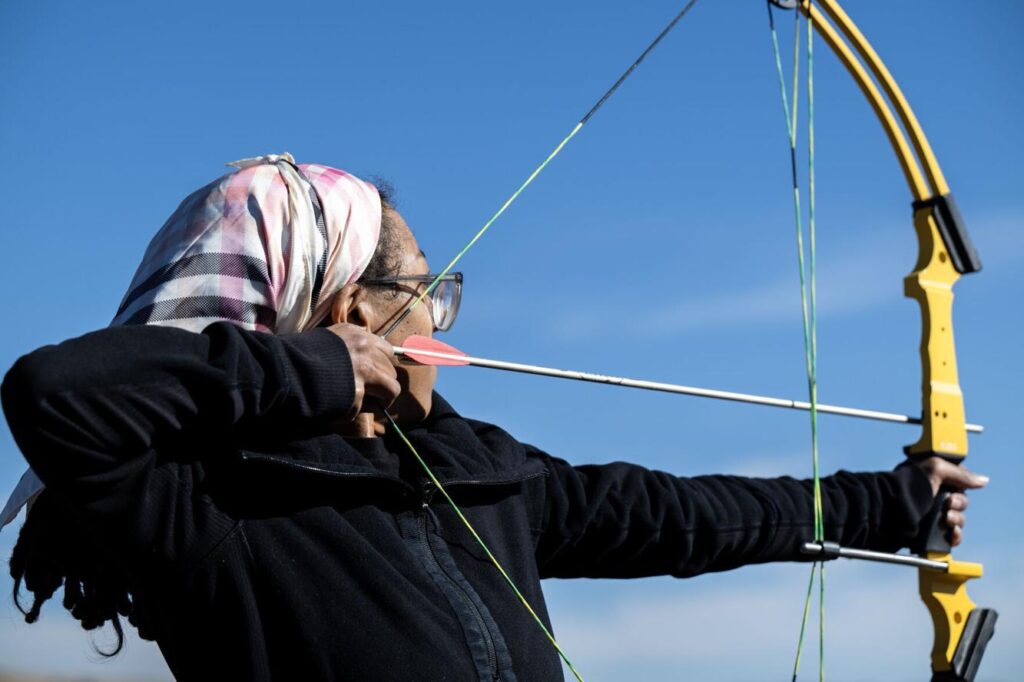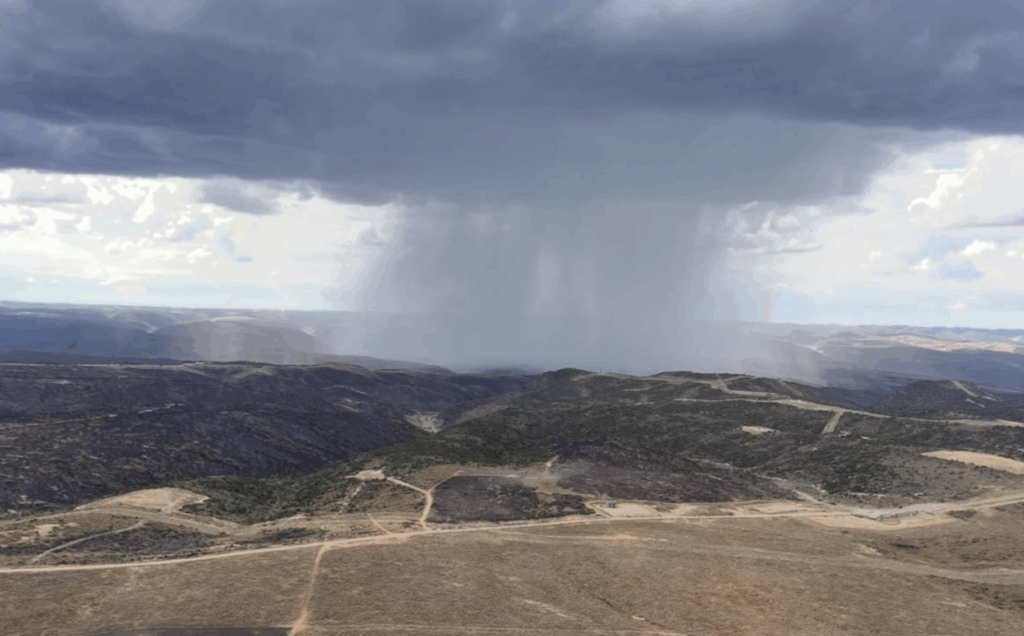2023 Colorado wildfire outlook ‘moderate,’ with new helicopter to help battle blazes
The risk for the upcoming fire season is “moderate” through June and July according to long-term weather predictions, but that can change quickly, said Gov. Jared Polis at a press briefing Tuesday.
State fire officials briefed Polis Tuesday on the upcoming 2023 wildfire outlook and the state preparedness plan, including state aerial resources available to combat wildfires.
“As you know, during my five years as Governor, Colorado has had the three largest wildfires in the entire history of the state of Colorado,” said Polis.
He went on to warn that ongoing conditions, including dead standing forests killed by beetles and continued declines in forest health, as well as an increasing number of homes in the wildland-urban interface, elevate the threat.
The total forest acreage impacted by just four beetle species from 1996 – 2022 comprises about six million of the 24 million acres of forest lands in Colorado, according to the Colorado State Forest Service.
“The 2023 Wildfire Preparedness Plan outlines a holistic, comprehensive approach to wildfire management that includes suppression and response, fuels and forest management, and mitigation activities of all types,” said Colorado Division of Fire Prevention & Control Director Michael Morgan.
Morgan listed Colorado’s fleet of firefighting aircraft, which includes two type two helicopters that can carry up to nine firefighters at once or deliver up to 300 gallons of water onto a fire; one type one helicopter that can carry 15 firefighters or up to 700 gallons of water or fire retardant; two single engine tankers; two Pilates PC 12 multi-mission aircraft equipped with multiple cameras including infrared for fire detection and mapping; and one large air tanker.
The newest and eagerly anticipated member of the fleet is a Sikorski S-70 FireHawk. Built on the military Black Hawk helicopter airframe, it is scheduled to be operational for basic wildfire missions by July 1. The FireHawk is “ideally suited for responding to wildfires in Colorado” due to its ability to fly in Colorado’s high-altitude environment, said Morgan. “With the ability to fly anywhere in the state and arrive within about an hour, the FireHawk will increase DFPC’s capacity to respond to fires on a year-round basis and set response priorities based upon Colorado’s needs.”
Gov. Polis added that the FireHawk is capable of flying in winds up to 70 miles per hour.
Personal preparedness for wildfire emergencies is critical to both preventing and surviving wildfires, say wildfire experts.
“Individual preparedness and personal responsibility is going to be a key to helping us protect our state, protect the safety of the people that live in our state, their homes, their property and lives,” said Stan Hilkey, Executive Director of the Colorado Department of Public Safety. “So, we’d ask that our local residents, our communities, particularly peoples that are living in the wildland urban interface, get signed up now to receive safety information from your local fire agency, from your local sheriff’s office, from your police department, follow them on social media. Pay attention to those postings.”
“We know mitigation works, we know that we can make a difference and if every landowner and if every citizen and resident of this state can step forward and do their part, we fundamentally believe we could continue to move ourselves forward as we face down the challenges of a warming climate and a growing population,” said Colorado State Forest Director Matt McCombs.






